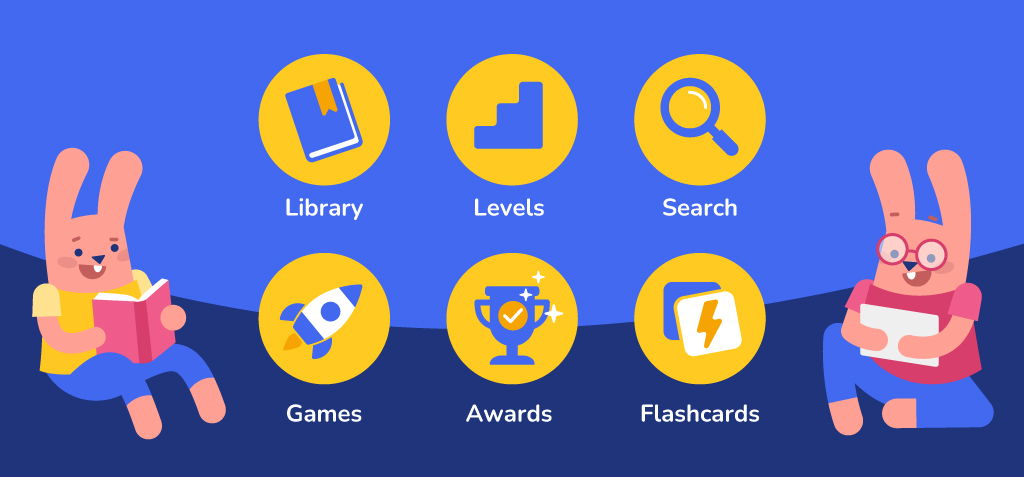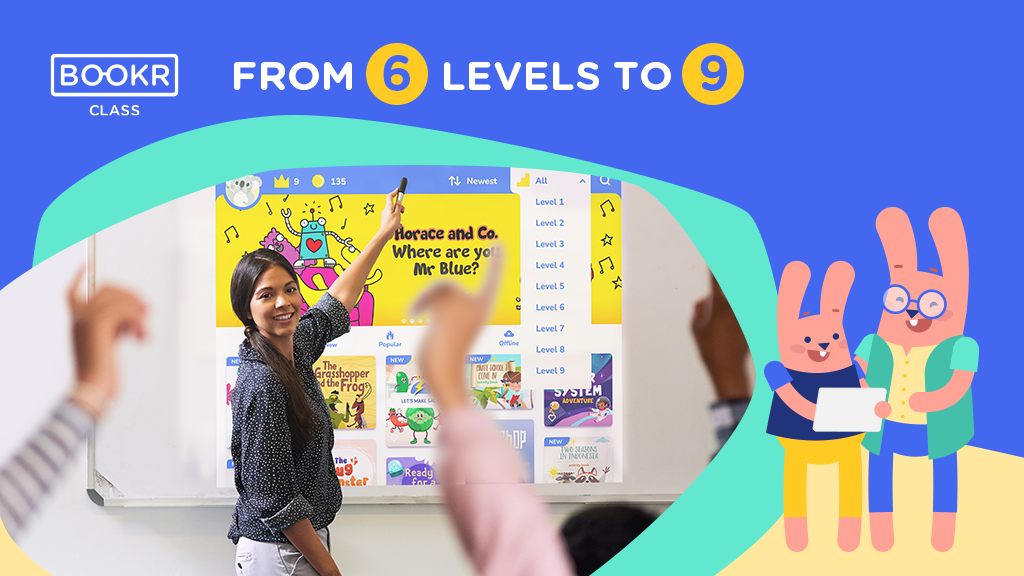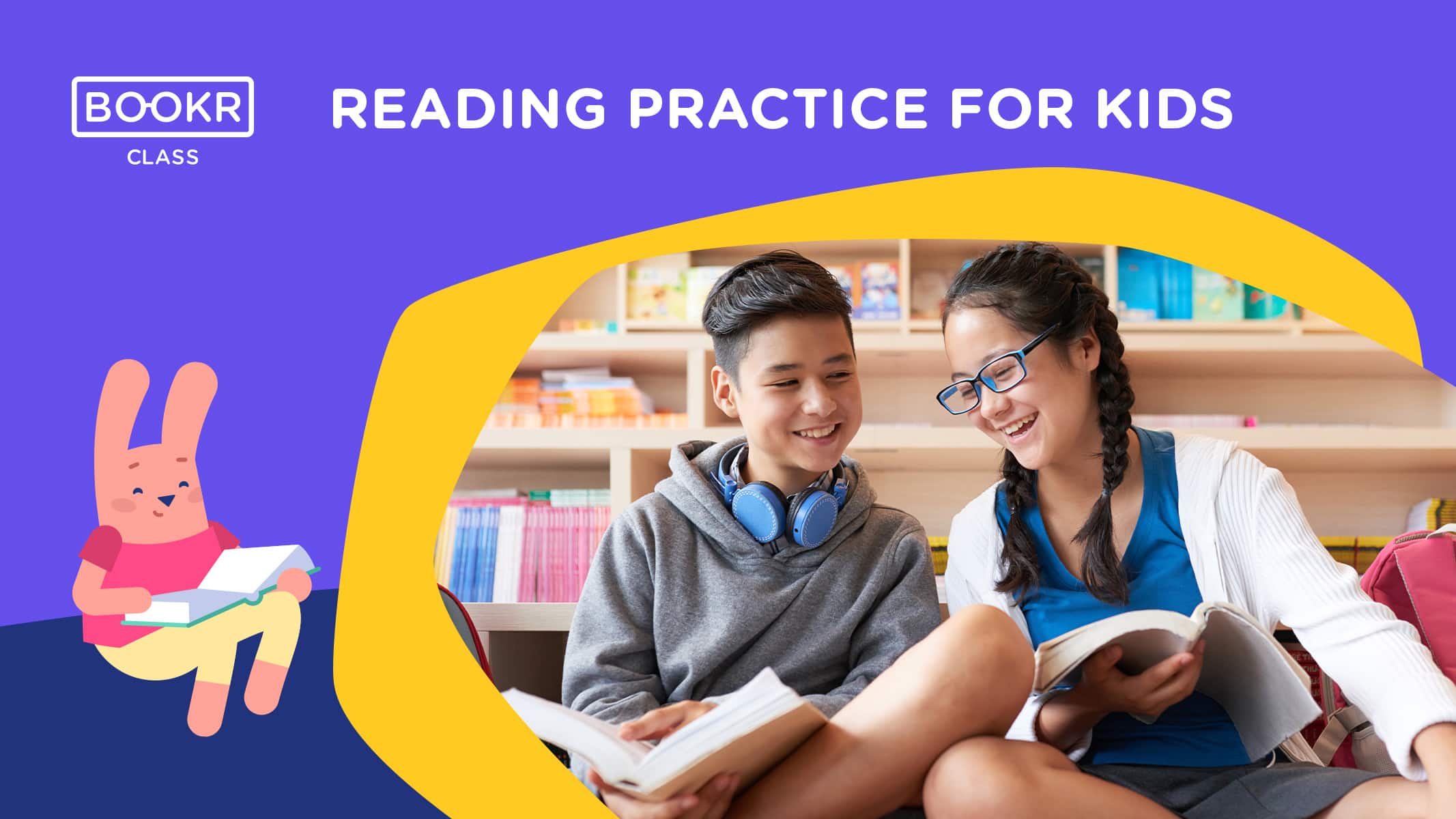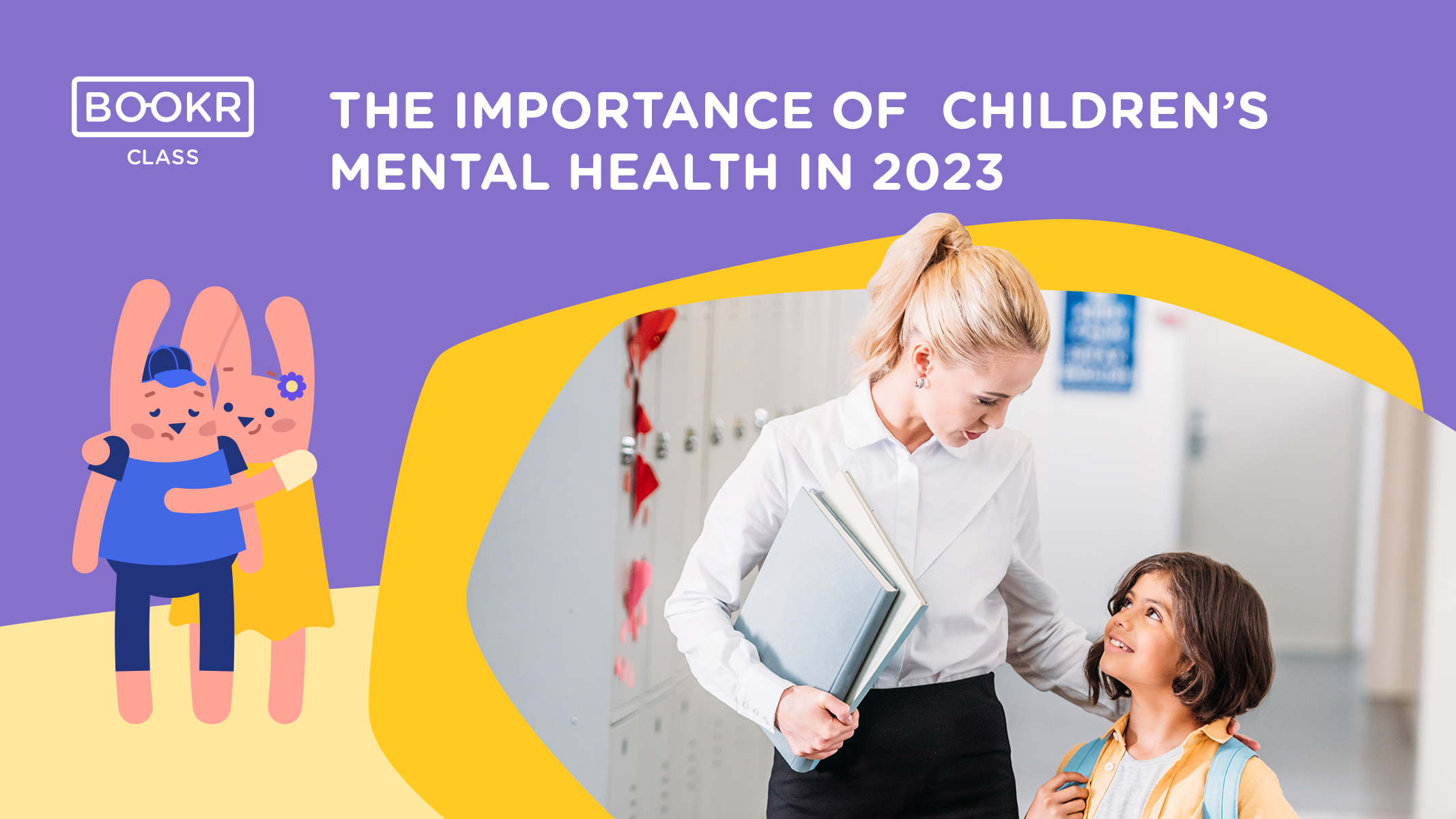Multilingual children learning English – speaking about motivation
The majority of parents of primary school children want their child to learn English as soon as possible. The importance of English as mediating language in today’s society is unquestionable. But learning a new language from any multilingual background is not something that happens overnight. It needs dedication from all parties: teachers, parents and children themselves. Motivation is a key element in this acquisition process. In this article we will discuss how motivation with 5-12 year old multilingual children works and how family background, self-confidence, stories and games play a role in it.

Multilingual children learning English as second language
English language is not only an important visa into the globalized world of science, art, diplomacy and economy. It is also a bridge language, a so called “lingua franca”, a medium of communication between people whose native languages are different, or “multilingual” as we will call it in this article. Though we cannot really expect a 5-7 year old child to understand these reasons when we talk about the importance of learning English. Children between the ages 5-8 forego an enormous cognitive development from a life dominated by fantasies and intuitions to one that starts to be governed by logic and reason. From preoperational to operational period – using the terms of the great developmental psychologist Jean Piaget.
Logic and reasoning is developing exponentially but still the abilities for abstract and hypothetical thinking might not be present until adolescence. The forming of the self-image of the child also starts during the ages of 6-8, separating momentous performance from the image of one’s own personality.
When speaking about learning English as a second language for multilingual children we have to bear in mind that at this young age kids are holistic learners and have a great need to play. They would rather learn by doing things or following examples. As they grow they become more able to understand logic in grammar and also develop the insight that some less enjoyable tasks have to be done as well.
Speaking of the development of self-image: it helps language acquisition and the self-image of a successful learner if they are able to grow and learn from failures. Identifying with unsuccessful performance is not helpful for learning nor for psychological wellbeing.
Motivation: intrinsic, extrinsic or self-determined?
What we know nowadays from the complex system of learning motivation is that it is never exclusively intrinsic motivation (the pure joy of learning or carrying out assigned tasks) or totally extrinsic motivation (driven by an anticipated prize or by the fear of castigation), it is more of a mixture depending on the given tasks and circumstances.
A thumb rule might be, that if we perceive that our child has a genuine interest in learning something or enjoys the process itself – because feeling competent is in itself very rewarding –, we might ruin this intrinsic motivation with external, predictable rewards or competition. But if the intrinsic motivation is not strong with respect to a specific task, external motivation, like rewards, appraisal from the teacher or parent, or a healthy competition can give the kid’s motivation a much-needed boost.

Recent research in psychology, linguistics and psycholinguistics are investigating new forms of motivation regarding learning English as a second language. Professor Zoltán Dörnyei from Nottingham University focuses his model on the students’ ability to vision themselves as positive, competent and successful second language speakers.
Dörnyei states that a positive English speaker’s ideal-self and a close ought-to-self are motivating for learning. He also suggests that motivation can even be contagious in a group.
Research also suggests that students put more effort into language learning when they feel that it is a voluntary and self-relevant activity or they enjoy the process of mastering that language.
This can be seen when a kid’s face lights up after being able to express something in English which they could not do before. This deeper understanding of intrinsic motivation was developed by psychologists Edward L. Deci and Richard Ryan and is known as the “self-determination theory. This basically implies that our well-being has three basic needs which have to be satisfied: competence, relatedness and autonomy.
But the big question is, how can we encourage our kids to imagine themselves as confident English speakers, or how can we foster their autonomy, competence, and relatedness to others in a learning environment?
It all comes back to confidence and a growth mindset
Family and the closer social environment of the child are the bases for developing confidence in their parents, in themselves and the world in general. In a loving, stable and predictable environment children develop the confidence to explore their interests and curiosity. They learn the most in an environment where learning and exploring new information is valued, or where there is genuine dedication to hobbies or jobs.
Then children will be more likely to develop intrinsic, even self-determined motivation when learning a second language.
Attributing fixed personality traits or characteristics to children (“she is the lazy one”, “he is the scattered”, “you never do anything right”) at an early age often brings disadvantages in later learning motivation. According to Carol Dweck’s studies, a fixed mindset approach to learning can result in individuals giving up when learning becomes too challenging, while students with a growth mindset embrace opportunities that provide challenge and where failure is a normal part of the process.
Let’s see a somewhat simplified example! Let’s say my son is crazy about trains from a young age: by letting him play with trains, set up track systems and look at books about trains he is experiencing his autonomy.
By giving an example regarding the positive attitude towards English language, its use and learning in general, while creating a supportive environment, and a growth mindset, we are nurturing our kid’s self-confidence in learning.
Self-confident and self-determined learners are not anxious about making mistakes. And as we all know, there is no learning without making mistakes.
Research confirms direct effects of healthy self-confidence regarding learning a foreign language: both listening/reading and speaking/writing fluency are linked to children’s self-confidence when using the language.
The importance of storytelling
Listening to stories and later creating, writing stories are some of the most powerful motivational methods in learning English as a second language. Children have the need for stories and their holistic way of understanding.
They are listening to stories and want to find meaning
Finding the meaning and being able to understand is so rewarding, that they will be motivated to try and further improve their language and find more meaning and understanding.
Through listening to stories children build up a reservoir of vocabulary and phrases which can be later assessed. Stories can be the ground of conversations in English where the child might be more likely to be involved.
The power of storytelling lies in the benefits for both emotional and cognitive development.

For younger children songs may play a similar role in motivation. For older children, encouraging them to write their own stories builds up not only their language skills but their self-confidence and motivation.
Storytelling is a powerful tool in understanding, acquiring, structuring or even presenting knowledge at any point of one’s career. Facts are 20 times more likely to be remembered if they’re part of a story.
Gamification in education and learning apps
Stories can be equally beneficial if read or listened to on a digital tool. Digitalized stories and audiobooks give students the opportunity to explore and familiarise themselves with English in a holistic way especially those who do not use English at home in their everyday environments.
The more they hear the language spoken by native speakers’ the better, and stories can be a fun way to do this. Anyone can download stories or videos in English from the internet, but it is important for us to choose age-appropriate content for our children. Applications like Bookr Class can help to provide safe and quality age-appropriate stories.

According to recent studies not just listening to stories, but getting involved in digitalized storytelling through various applications showed very positive effects on young learners’ self-confidence and the personal use of the language. Digital storytelling can help vocabulary learning, writing and speaking skills English and also creative thinking. There are also investigations with promising results about using alternate reality games for learning English for older age groups.
We have to highlight that children in primary school still have the innate need for free or semi-structured play as they integrate information through play. Therefore learning English as a second language must consider gamified learning situations.
Gamification in education is not only using digital tools and applications where learners can gain points and move from one level to the other, competing with others or with oneself. Gaining points and winning in itself can be very motivating and if managed right, can be applied successfully at points where the internal genuine personal interest-based motivation of the kid is low. For example when learning grammar rules.
Using learning applications can encourage kids to dedicate more of their free time to these activities and then can develop a sense of autonomy and competence by moving up levels.
Gamification can also apply to all offline learning environments where levels, rewards, some competition, and social interactions are involved whilst gathering or applying knowledge. The more fun, humor and social interactions are involved in English learning, the better, as positive emotions, self-confidence, and social connections are the most important factors influencing the learning motivations of multilingual children.

About the author
Zsuzsi Papp
Journalist, psychologist, autogenic trainer, marriage and family therapist candidate. She is currently doing her doctorate research at Semmelweis University about families who are raising children with chronic conditions, and also holding supportive group sessions, relaxations, trainings and talks for these families. Mother of three children, and as living in a multicultural family, her main principles are openness, flexibility and acceptance.


